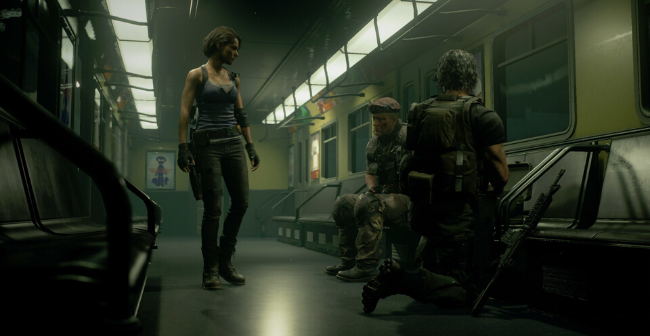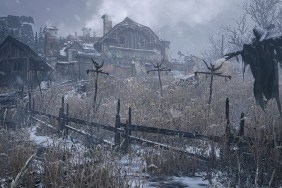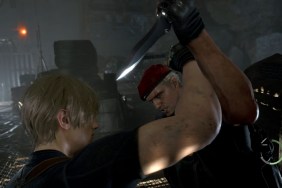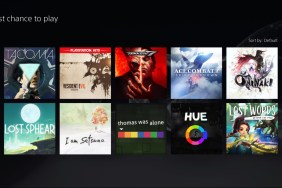Resident Evil 2 was the first game to ever leave me with a true sense of fear and terror. The creeping quiet of the Raccoon City Police Department building is something that still fills me with a sense of foreboding, even decades after the fact. And it isn’t even due to the game’s numerous jump-scares, such as the first appearance of Lickers or the door on the roof whose opening animation gives way to a first-person flood of zombies. The early Resident Evil games knew that our imaginations would always come up with something far more terrifying than the game’s developers ever could, which is why the quiet and solitude of those survival horror games remains so disarming.
Alfred Hitchcock famously said of suspense in a film that true terror comes from the minds of the viewer and the suspense of knowing something that the characters do not. If a group of characters is blown up by a bomb under a table with no forewarning then no sense of dread exists. However, if you show the audience that a bomb is under the table, set to explode, that is when true horror sets in. Look at every successful horror film ever made. The entertainment and suspense don’t stem from the action happening, but the set-up to that action and the consequences of it.
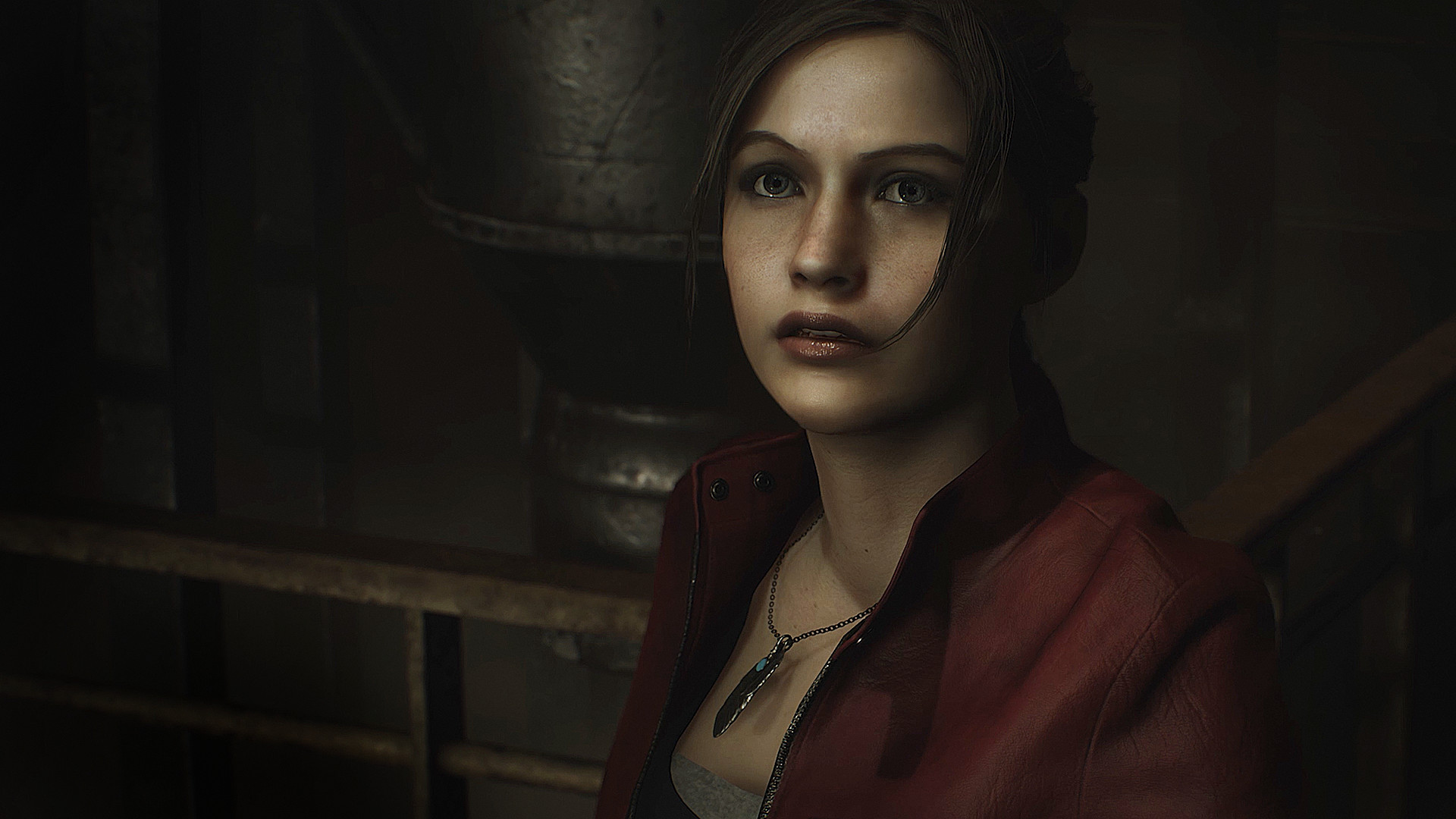
This is why I wish Capcom would stop trying to turn the Resident Evil franchise into a guns-blazing affair obsessed with big explosions and spent bullets spewed all across the ground. Each time Capcom finds the sweet spot with the franchise’s chilling horror they seem to turn a corner and slowly try to creep back into being action games, always to the detriment of the series. Ironically, this began with the release of Resident Evil 3, a game released as a remake today that also strays too far from the chilling suspense that made its previous iteration so good.
The third Resident Evil game released on the PlayStation in 1999, right at the tale-end of the console’s lifespan. It was made up mostly of assets used in Resident Evil 2 and featured a new focus on action, including a new array of weapons and the ability to craft ammunition. The subjective view on Resident Evil 3 is that it tried to leverage the success of its predecessor as a quick cash grab before the PlayStation found itself being labeled as “old.” The hulking Nemesis remains the only memorable thing from RE3, which has led to multiple appearances in other Capcom games. Which is nice for him.
It was at this point that the franchise changed considerably, as Resident Evil 4 on the GameCube played more like a shooter than anything previously released by Capcom. I’m going to say something somewhat controversial, but here it is: Resident Evil 4 isn’t very good. Time has not been kind to the game and I’ve found that its mix of camp and horde mode-esque game design distract from the parts of RE4 that best leverage the franchise’s strengths. Once more, the quiet moments in Resident Evil 4 when the player has no idea of what’s around the corner is where that game shines, which happens less and less as its story progresses.
At that point, the series goes off the rails with two back-to-back entries that essentially forsake the survival-horror for pure action. Resident Evil 5 and 6 also stand as the worst mainline entries in the franchise, with a focus on camp and action that essentially turned the series into one of those hour-long, late-night television shows like Cleopatra 2525 or V.I.P. starring Pamela Anderson. Resident Evil as a franchise flailed around for a few years, including several entries such as Resident Evil Revelations, which doubled-down on the shooting gallery gameplay and stripped out almost all the horror.
Then Resident Evil 7: Biohazard came and reminded everyone that Resident Evil is scary.
The adventures inside the Baker House not only brought Resident Evil back to its roots of an iconic location steeped with mystery and danger but is still one of the best VR horror experiences to date. Jack “Daddy” Baker is the villain the series so desperately needed, as he skulked and chided the player through the first half of RE7, leading to multiple iconic boss fights. The garage battle with the car remains to be one of my favorite boss encounters of all time and one that highlights just what Resident Evil is when it leans on horror and less on the action.
And then… The second half of the game happens. Once players leave the Baker House and venture out onto the boat and into the mines its facade of horror is dropped almost entirely. At this point, the game becomes another shooting gallery and drops any pretenses of being survival horror.
Capcom corrected the ship with its remake of Resident Evil 2, which not only honored the spirit of the original but made changes and upgrades that felt natural and inspiring. It’s a shame that Capcom once again veered the ship off course with the remake of Resident Evil 3, opting to focus on the game’s action more and more in place of survival-horror. This isn’t to say the game is bad or doesn’t have its moments of awe–welcome back, Nemesis–but it feels like Capcom is afraid to remain focused on horror.
With multiple Resident Evil games potentially coming in the next few years we’ll see what direction Capcom takes the franchise. I hope that the world of survival-horror isn’t forsaken entirely but it’s a proven fact that guns and big action are what sell games. Perhaps Capcom will see the light by the time we get our fifth rerelease of the original Resident Evil, now with Ray Tracing and 4K support.
